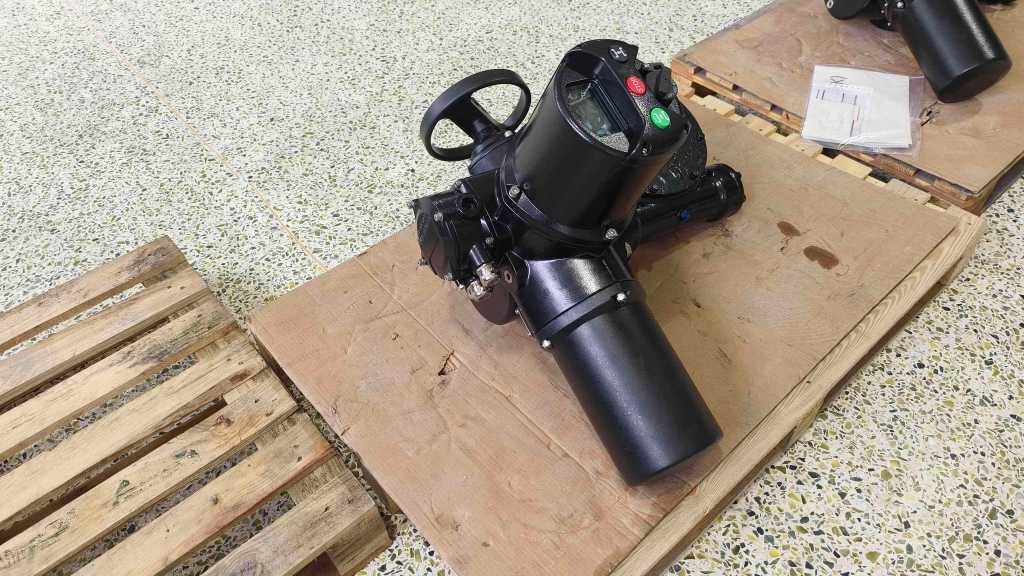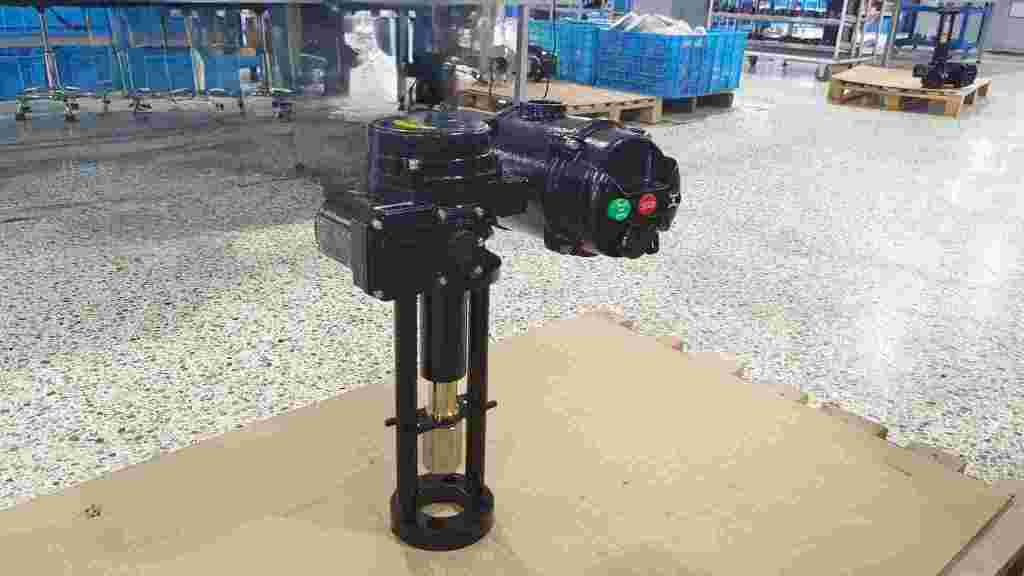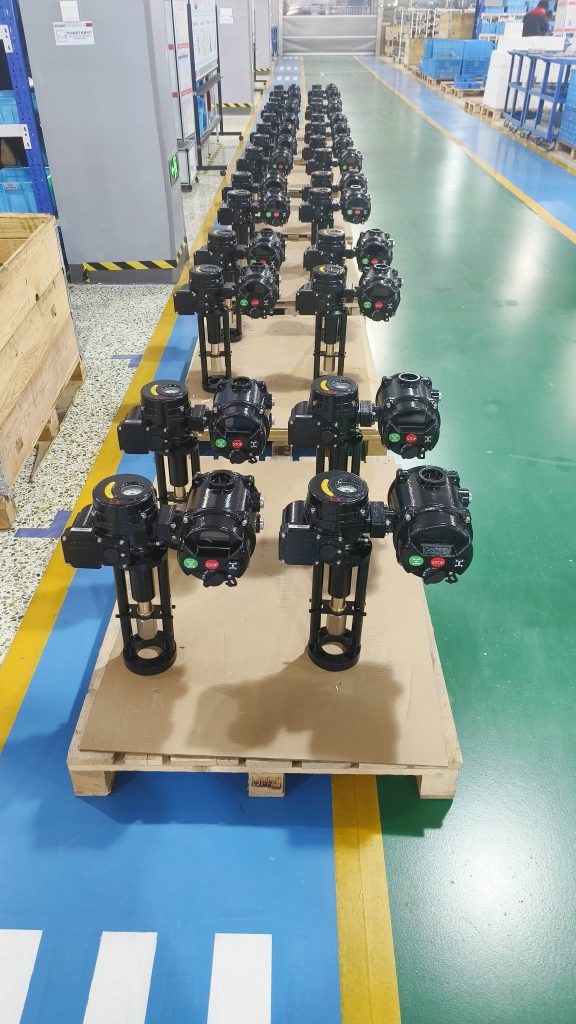The field of automation is rapidly advancing, and with it comes the development of more efficient, precise, and intelligent devices that facilitate seamless operations in various industries. One such revolutionary component is the Intelligent Integrated Electric Actuator (IIEA). This highly sophisticated actuator combines the traditional electric actuator with smart control systems, bringing unparalleled benefits to industries such as manufacturing, energy, robotics, and home automation.

Understanding Intelligent Integrated Electric Actuator

An Intelligent Integrated Electric Actuator (IIEA) is a system that integrates an electric actuator with built-in sensors, drives, and control mechanisms into a single compact unit. This design simplifies the traditional actuator setup by removing the need for separate control systems and drives, leading to reduced system complexity, increased reliability, and enhanced performance.

The primary function of an electric actuator is to convert electrical energy into mechanical motion, typically used to move or control a device or mechanism. However, what sets the IIEA apart from conventional actuators is its intelligent control system. This system is capable of adjusting the actuator’s operation based on real-time data inputs, such as position, speed, or environmental conditions, thus making it more efficient and adaptable to varying operational demands.

Key Features of Intelligent Integrated Electric Actuators

Integrated Design: Unlike traditional electric actuators that require separate controllers, sensors, and motors, the IIEA integrates all these components into one unit. This integration results in a compact, streamlined solution, making installation easier and reducing the physical space required for the system. Smart Control Systems: The IIEA is equipped with intelligent controllers that allow for adaptive control. These controllers monitor the actuator’s performance and make adjustments based on input signals from various sensors. For example, the system can dynamically change the actuator’s position, speed, and torque depending on the environment or system requirements, making it more responsive to changes.
